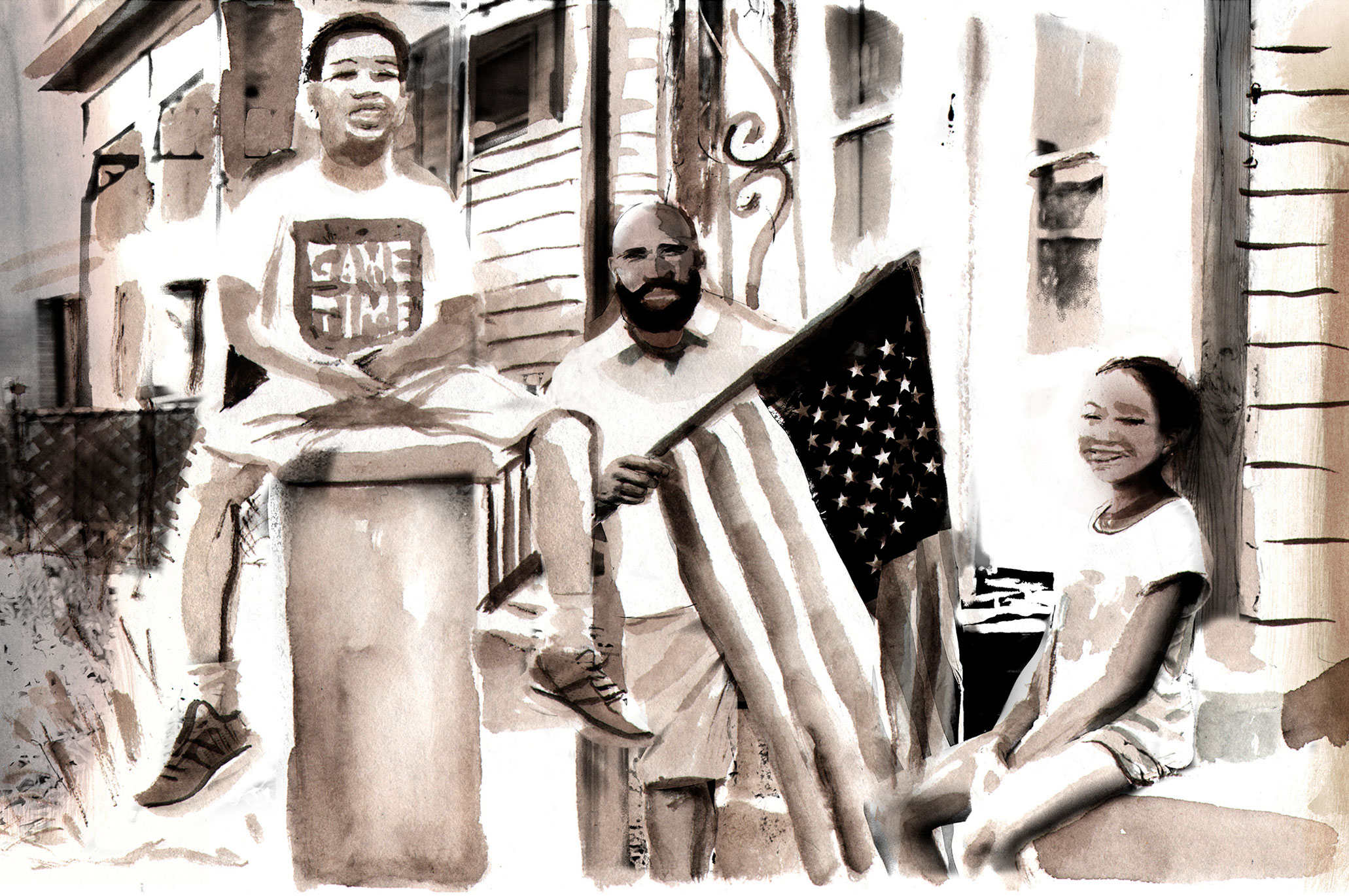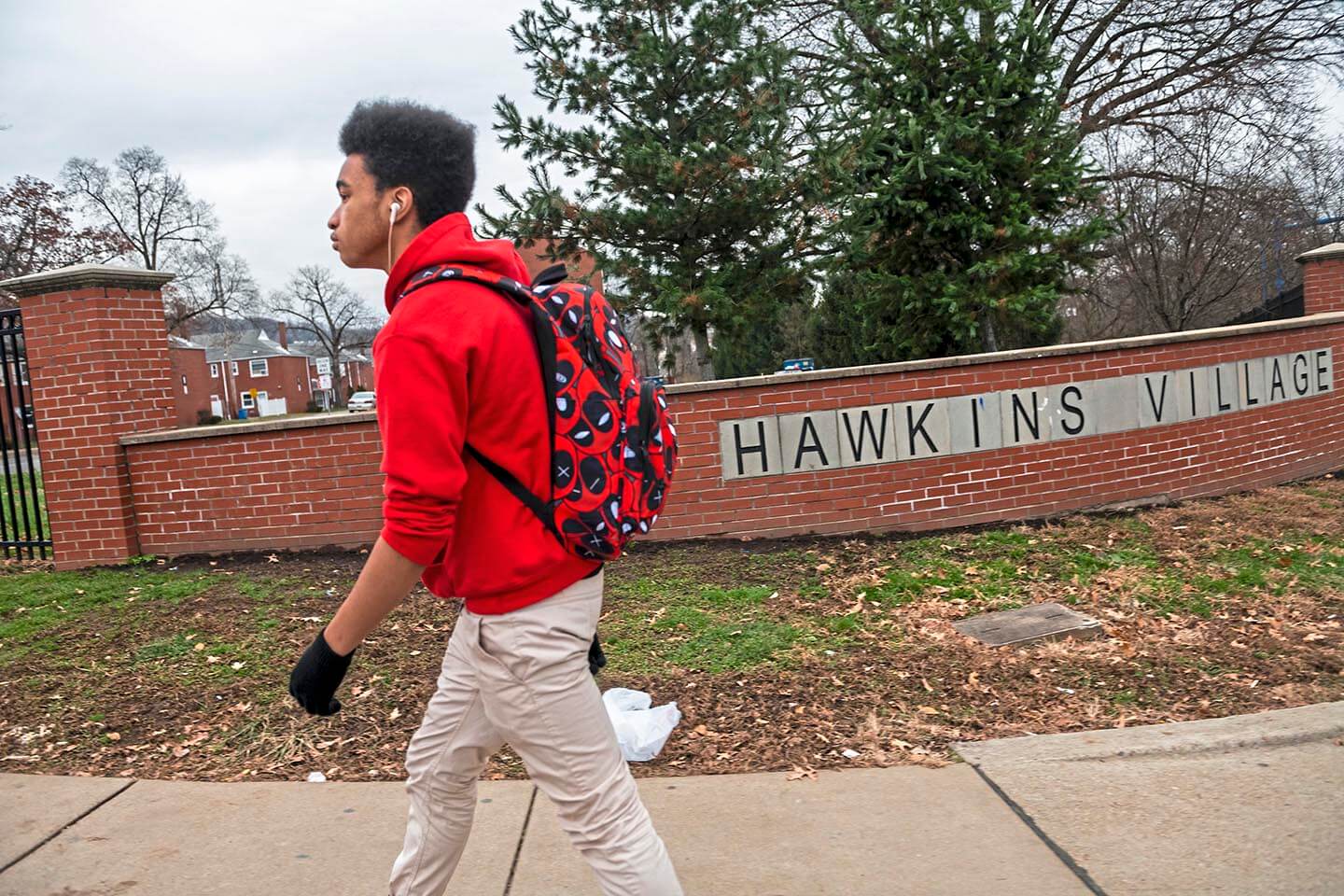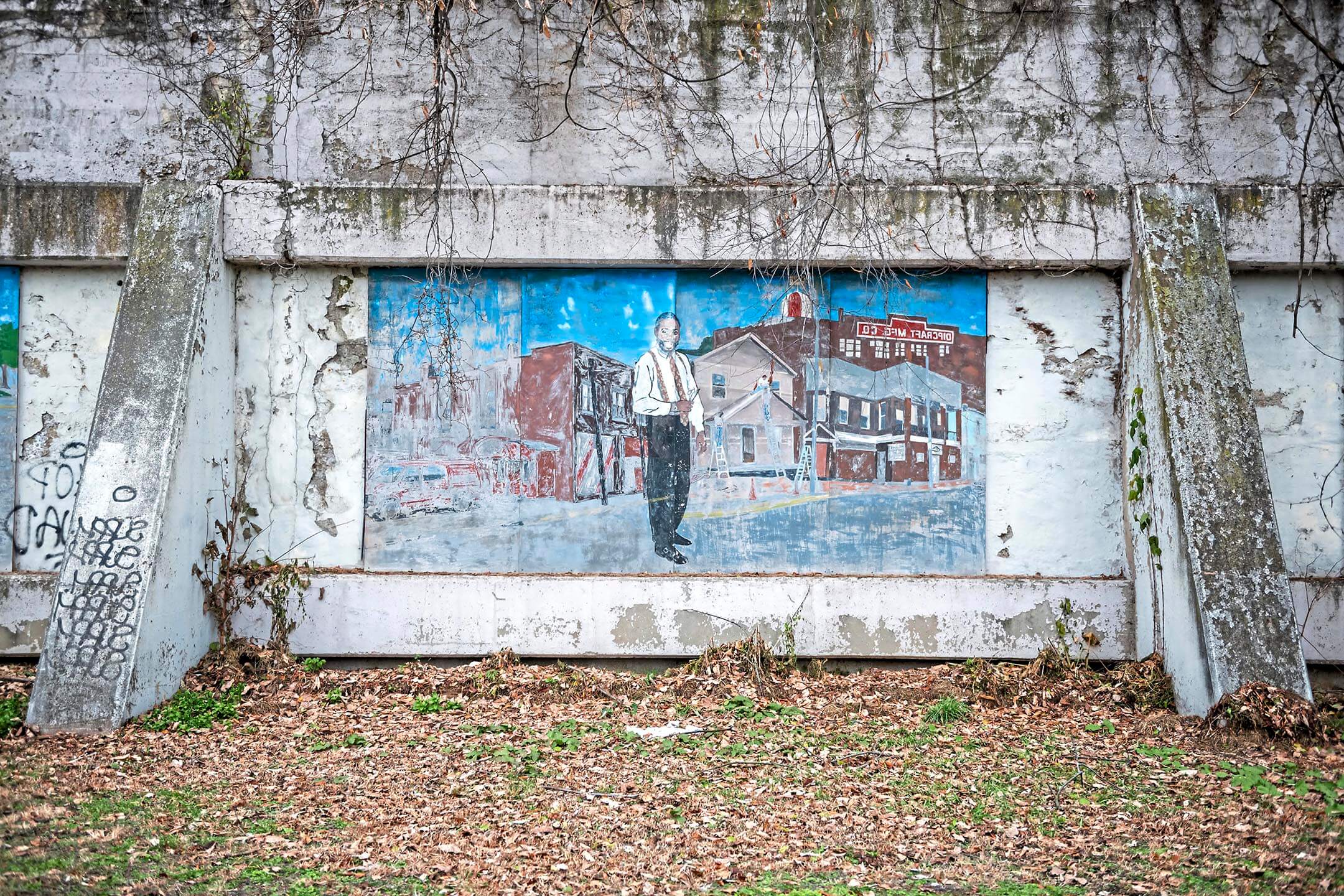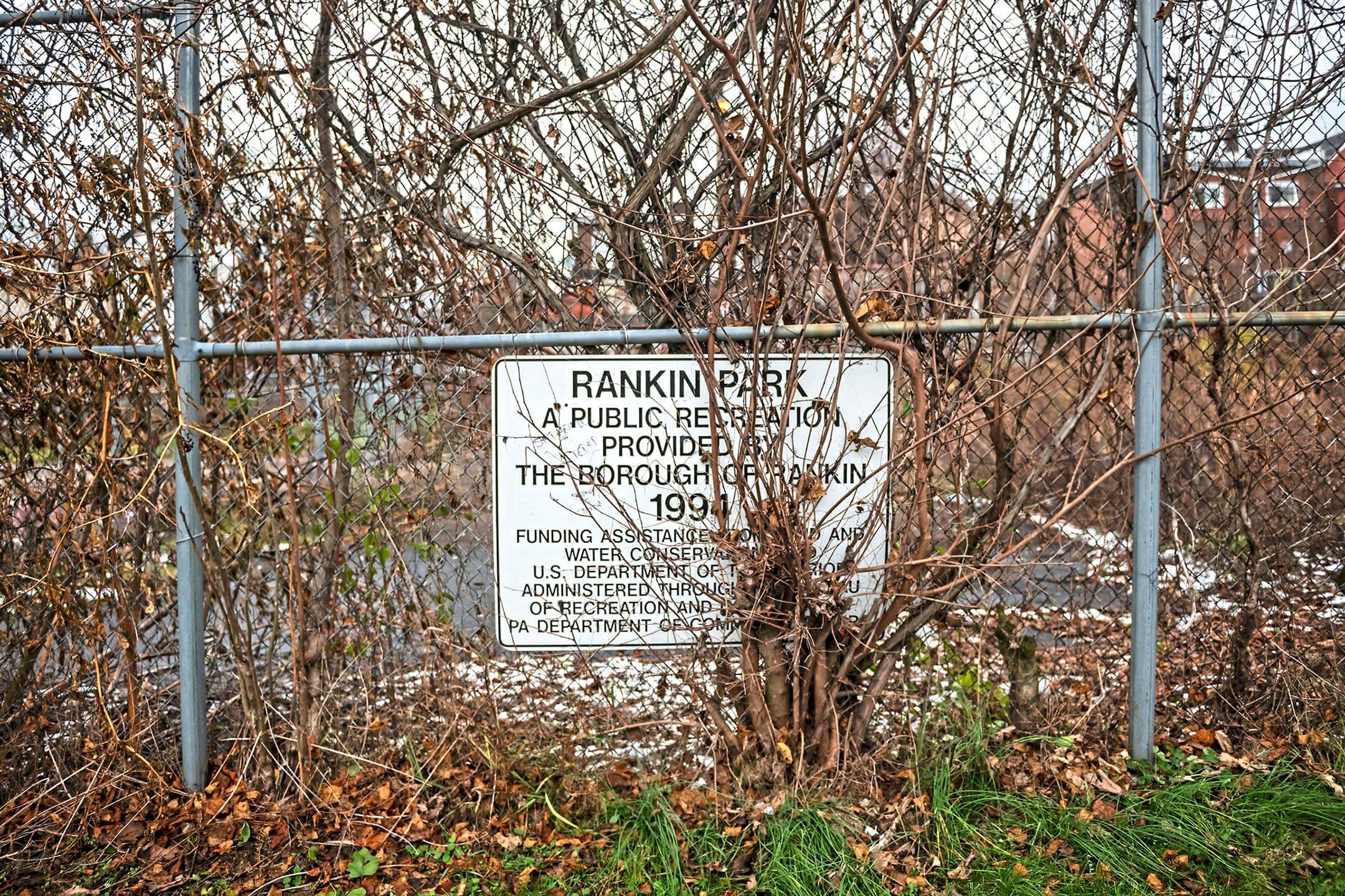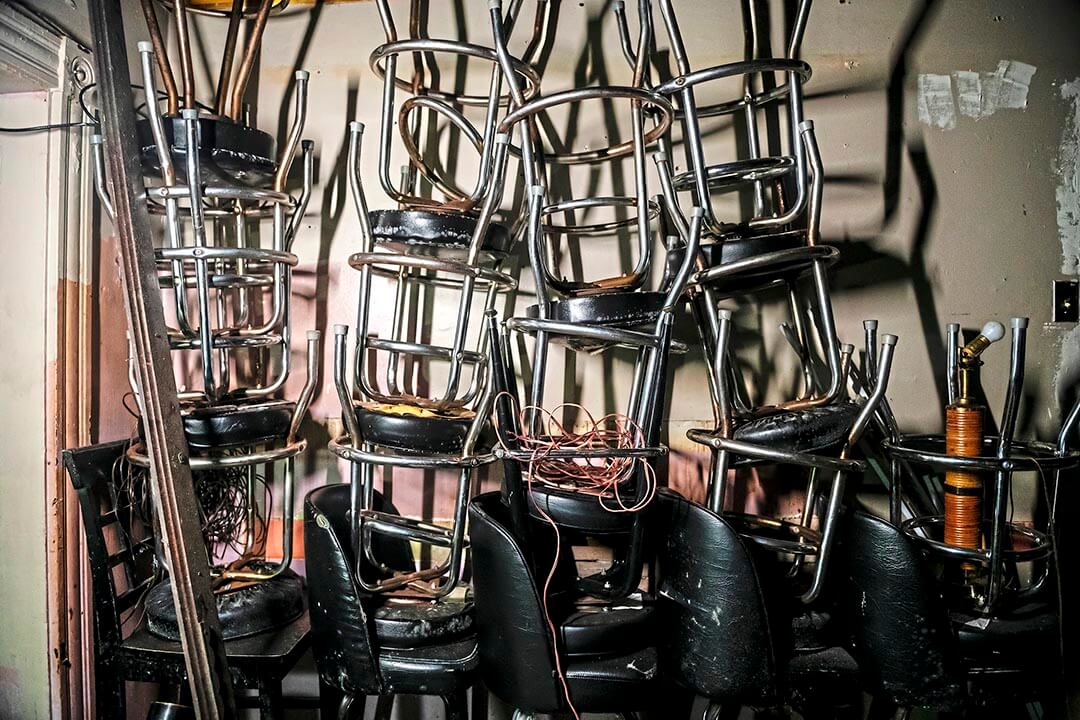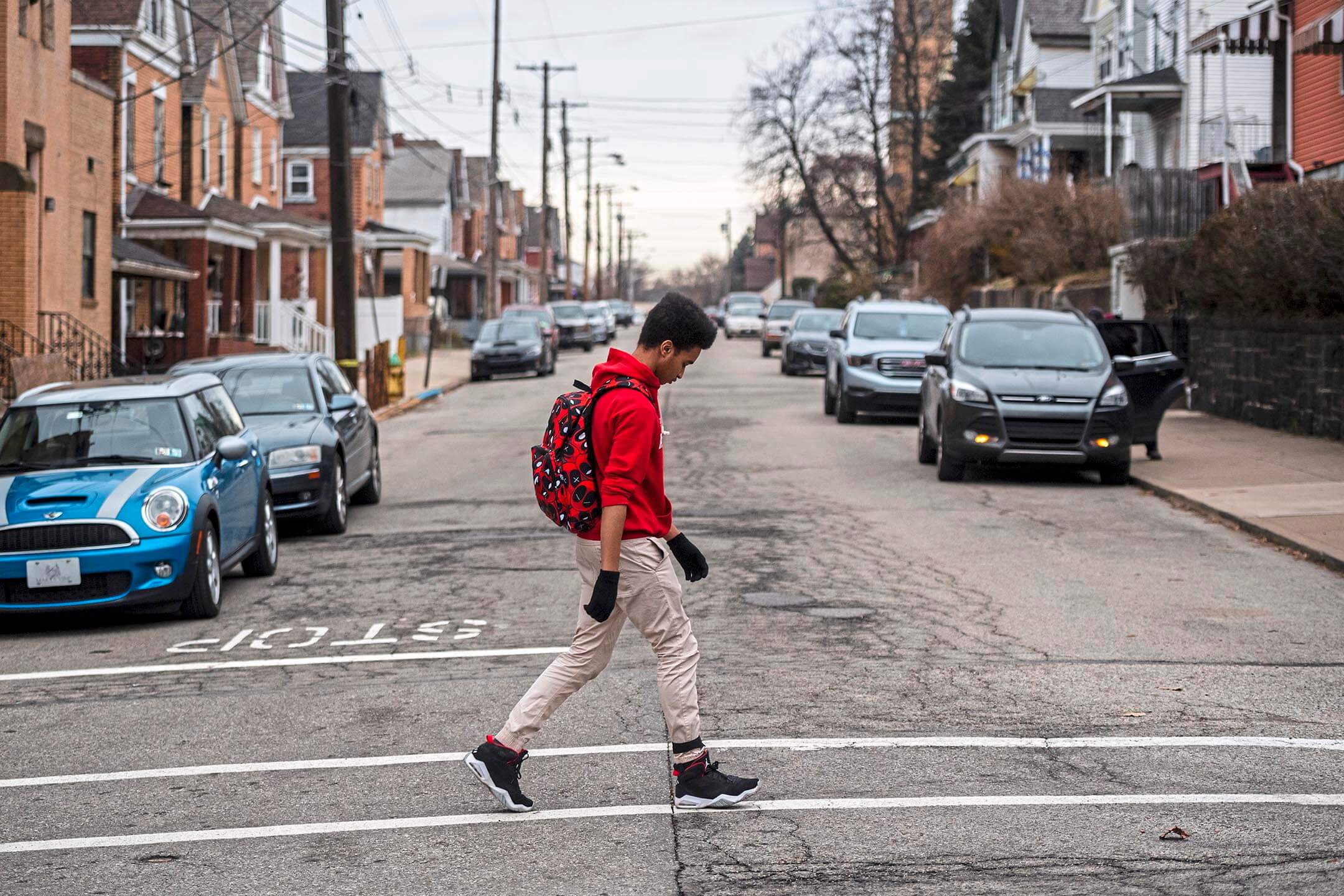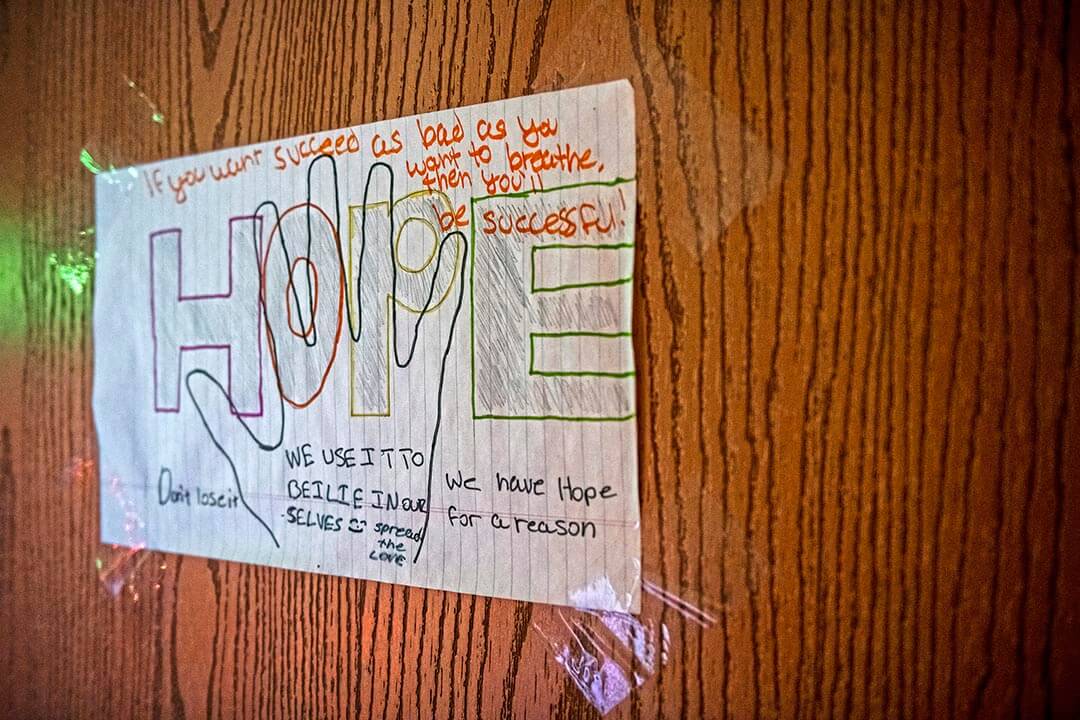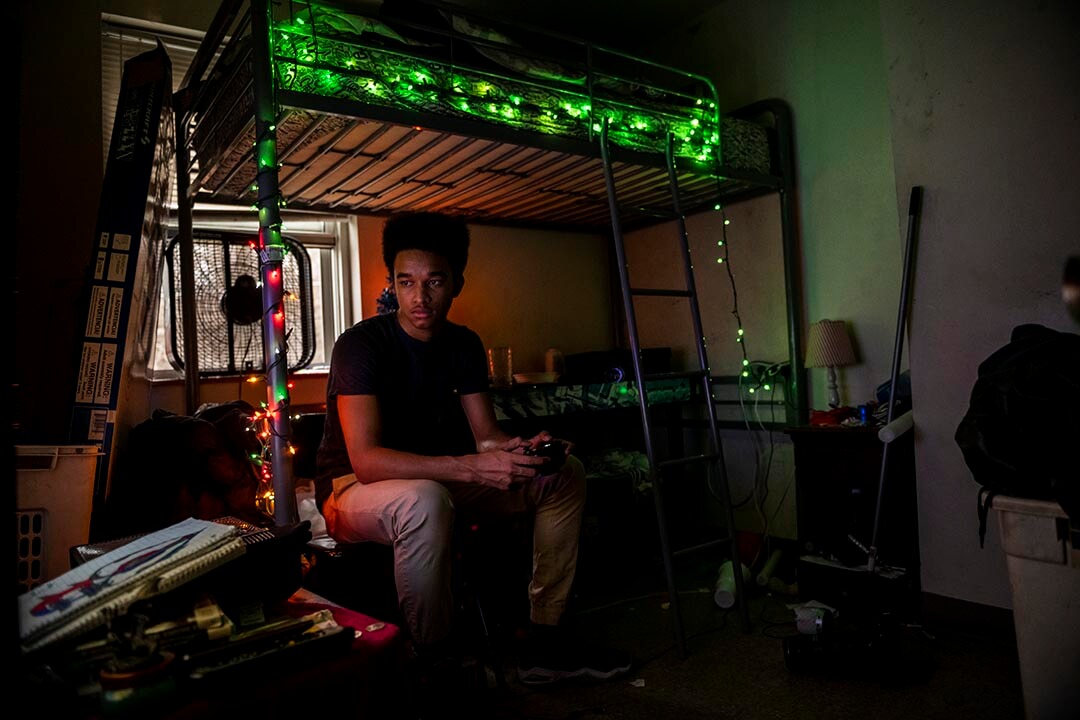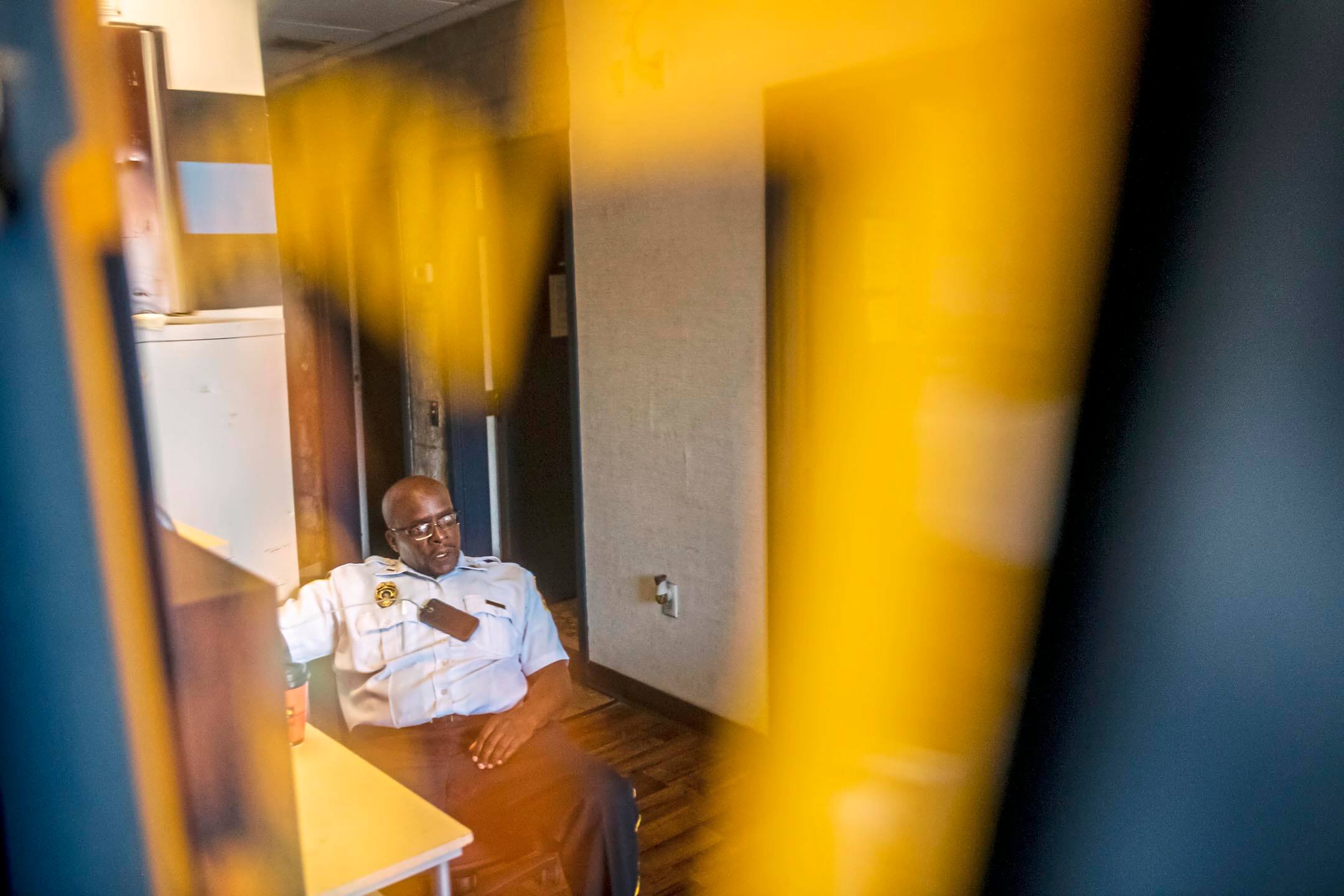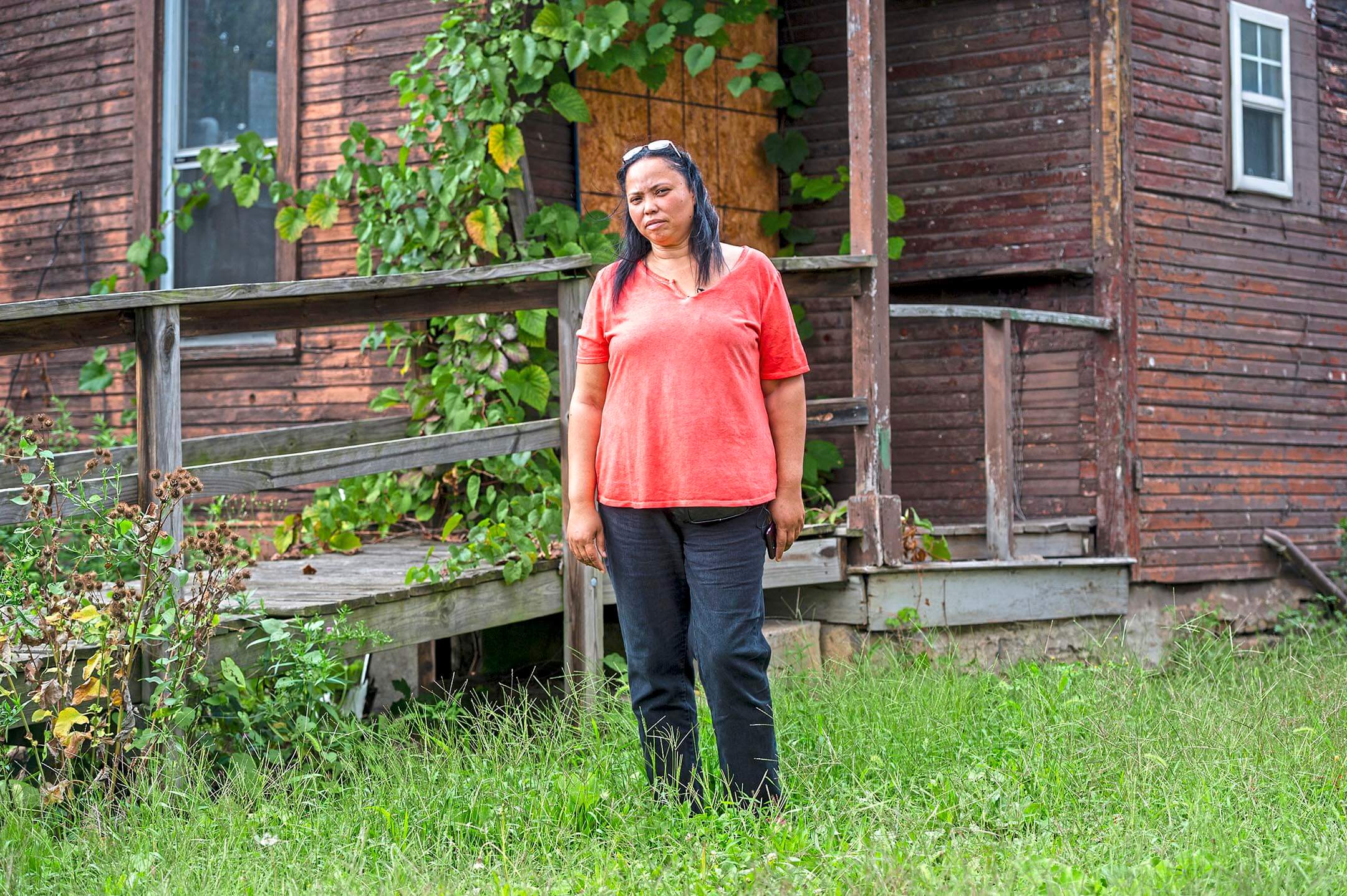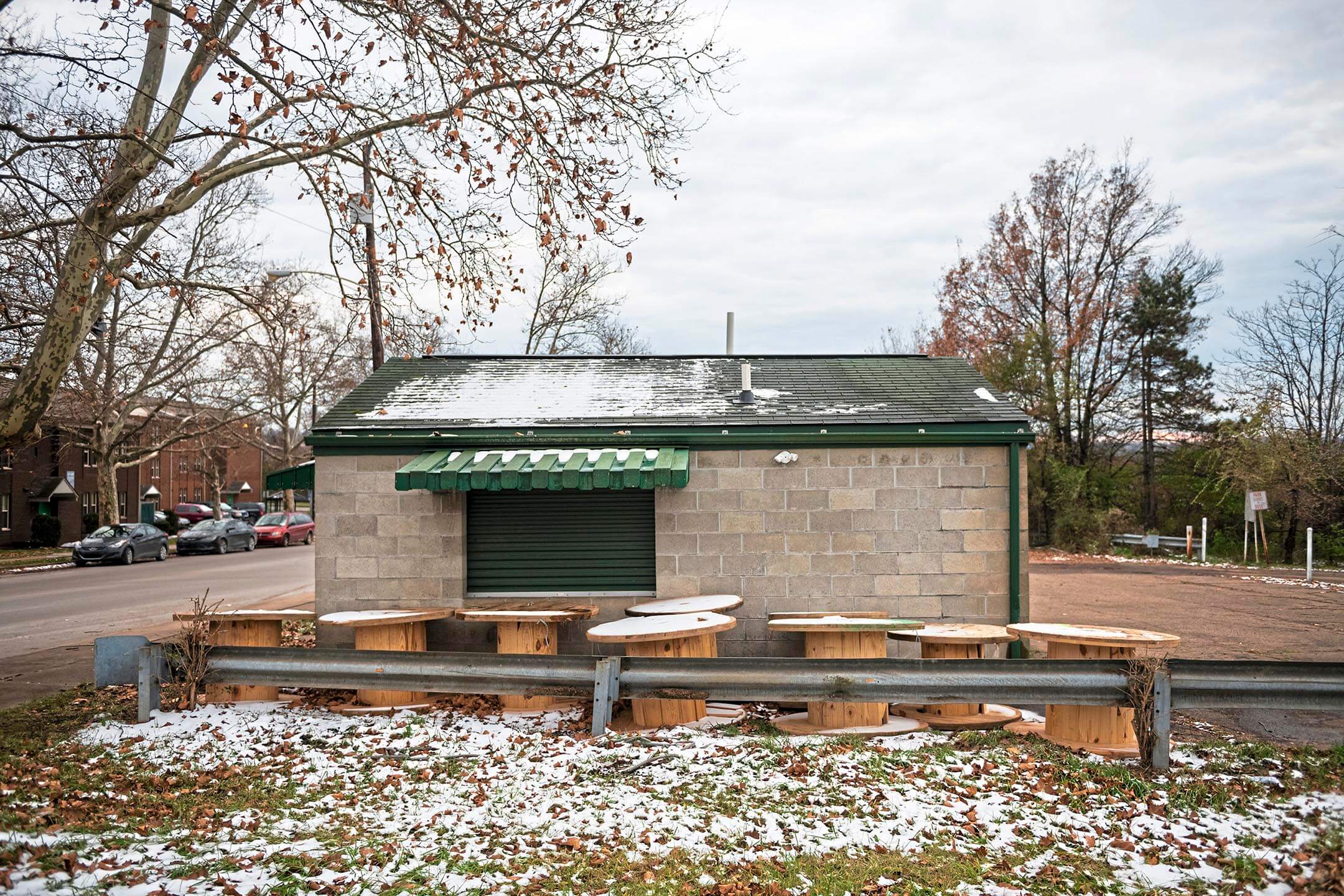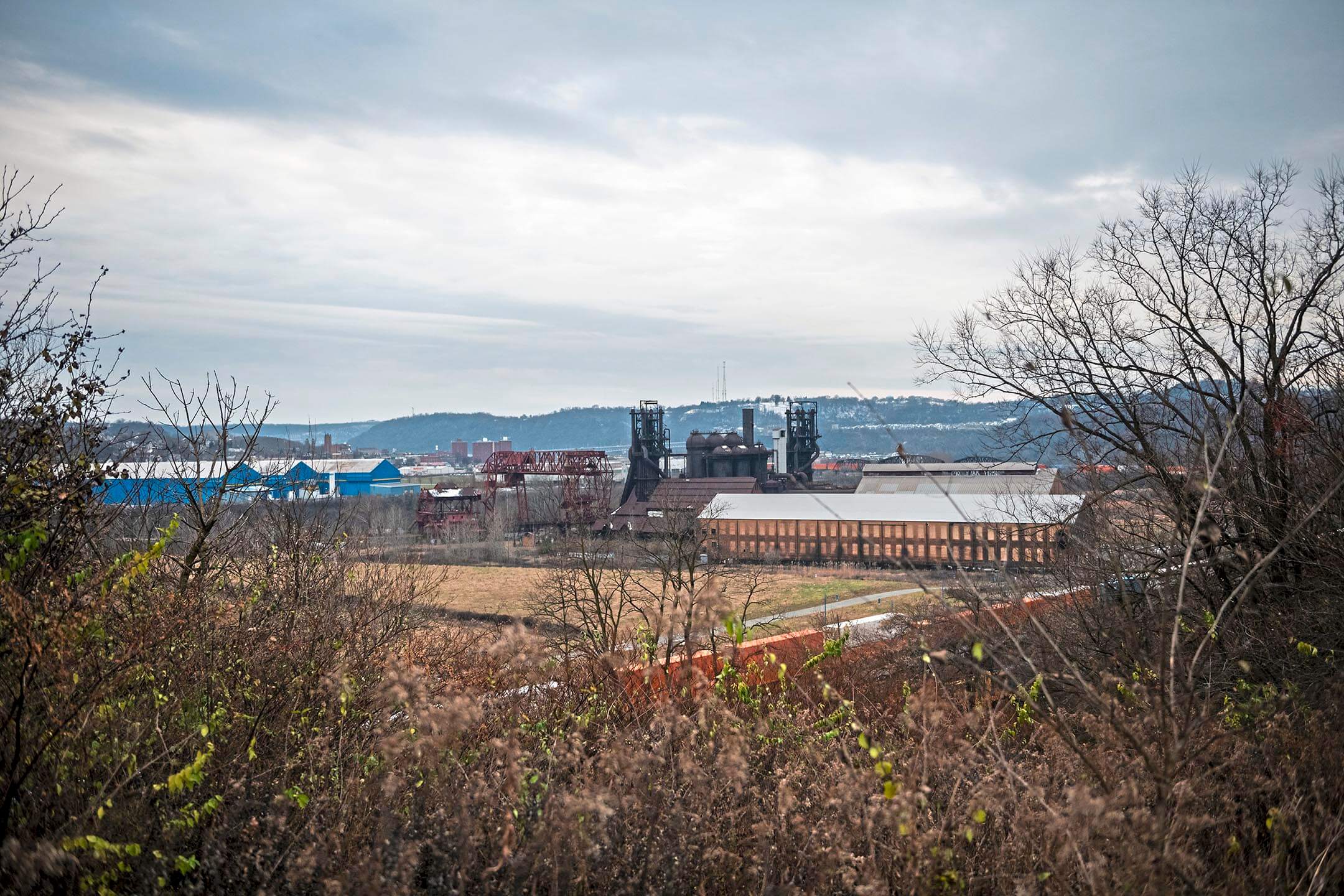Mural of James Milton, who was a Rankin businessman, on Rankin Blvd in Rankin. The mural is among several painted in 1996 by artist Connie Merriman, who worked with 12 Woodland Hills School District students.

t may be awhile before Jaden Weems puts his trumpet to his lips and belts out a certain soaring movie theme as the high school band marches down the field. “When I’m going to be a senior is probably when we’re going to play Black Panther,” says the Woodland Hills freshman.
He talks about going to college in Alabama, moving to Los Angeles, launching a just-in-time clothing business, buying a plane or two.
“When you get in the clouds, you see small images,” he says. “That's when my head runs wild.”
Jaden flew a lot in nine years during which his father led the family out of the Mon Valley to Minneapolis, Columbus and Mobile, Ala. They often returned to Rankin, which took on mythical status, thanks to the patriarch’s upbeat take on his hometown.
“Rankin is the capital of the world,” Mr. Weems would tell his two sons and daughter. “It's the best city — the best place ever!”
Five years ago, in response to family health problems, he and his wife, Melinda, told the kids that they’d be leaving their big, bright house in Mobile, forsaking the yard with its orange trees, inground pool, trampoline and running space for Tinsel, their Akita. They’d trade that for an 80-year-old house, in the family for half a century, on a 2,420-square-foot lot in Rankin.
Three days before the move, Tinsel darted into the path of a car and died.
In the weeks that followed the move, neighborhood kids tested Jaden, then 10, Miranda, 7, and their older brother Jalen, 19. “It was rough for them,” Mr. Weems said. “They were like, 'Why are these kids fighting with us?’”
The kids’ Alabama drawls and manners stood out.
“When they first heard my voice, they were so confused. They were like, ‘Why do you sound country?’” Jaden says. “They were saying, ‘Why is he saying ‘thank you’ all the time?’ I said, ‘That’s how my parents taught me, to say please and thank you.’”
With a master’s in business administration, experience with GlaxoSmithKline, Target and Praxair, and entrepreneurial chops he’d honed running a cigar shop in Mobile, Mr. Weems took stock of the family’s assets.
He owned a hulking, 117-year-old house in Braddock that he bought in 2002, just after marrying Melinda. With a foundation like “a bomb shelter,” as he puts it, and 3,300 square feet of living space, across the street from the Braddock Carnegie Library, it proved a great place to start a family. “We loved it,” he says.
When they left town, they rented it out. But in 2010, a kitchen fire destroyed much of the interior.
“I cried like a baby when I walked into that house after it was burned up,” Mr. Weems says. He boarded it up, but people ripped off the planks and stole pipes and appliances. Every effort to fix it was reversed by thieves and vandals. “It’s been hell on wheels with that house.”
Insurers declined to cover the house, putting the brakes on his efforts. “If I put any money into it, and it gets burned down, I’m going to lose everything.”
Finally, in September, the county condemned the Braddock house because it was blighted and vacant. With that, after 16 ½ years, the Weems family lost title to its first home.
That was a blow. But by then, they’d already pinned new hopes on “the best place ever.”
As a community service, the entire Growing Up Through The Cracks series is now available subscription-free.
Support journalism. Subscribe today.

If you are a loyal subscriber, thank you for your support.




